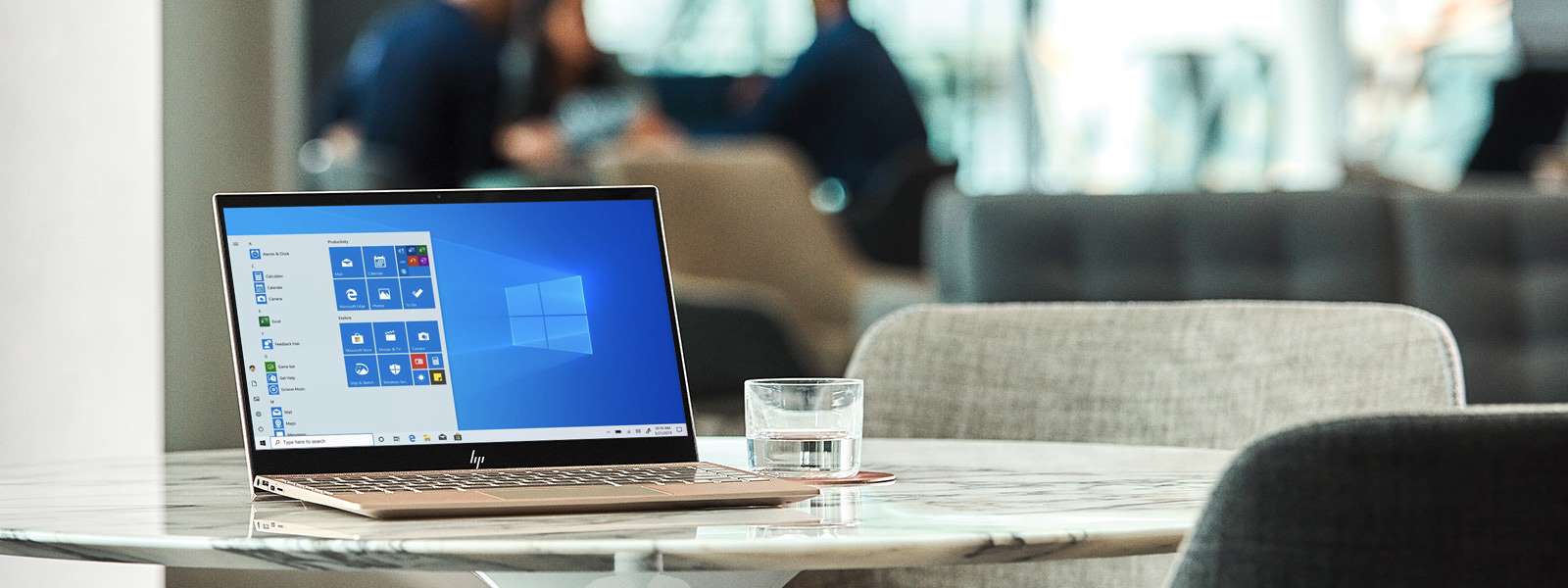 It was the heady, carefree year of 2009 when Windows 7 debuted. One of it’s main selling features was that it was not Vista, a thoroughly unloved Windows Operating system. I remember the relief that came over the PC world with the introduction of Windows 7. But now we are in 2019, and Windows 7’s time is almost over. That’s right, in 2020 Microsoft will no longer support Windows 7. So what happens to your old Windows 7 computer and can you bring it into the present with Windows 10? Short answer: yes, your Windows 7 PC can probably run Windows 10, but can it do it well?
It was the heady, carefree year of 2009 when Windows 7 debuted. One of it’s main selling features was that it was not Vista, a thoroughly unloved Windows Operating system. I remember the relief that came over the PC world with the introduction of Windows 7. But now we are in 2019, and Windows 7’s time is almost over. That’s right, in 2020 Microsoft will no longer support Windows 7. So what happens to your old Windows 7 computer and can you bring it into the present with Windows 10? Short answer: yes, your Windows 7 PC can probably run Windows 10, but can it do it well?
Why Not Stay with Windows 7?

You’re tempted to skip the upgrade path and stay with Windows 7. A brave but problematic choice. After January 2020, Microsoft won’t offer any updates to Windows 7. No new hardware drivers, no bug fixes, and worst of all, no new security patches. If you don’t want to unwittingly become a part of a botnet someday, you have to upgrade.
The Road to Windows 10
You need to take a look under the proverbial hood of your PC before you leap into the Windows 10 upgrade process. The minimum technical requirements look similar, but there is a decade of computing improvements between them. The hardware that your 2009 PC could make due with is significantly under-powered in the current digital world. Check for these roadblocks.
Roadblock #1: Hard Drive Space
If there’s no room on the drive, the upgrade is not happening. The current version of Windows 10 needs at least 32GB of available hard drive space to install. I shudder to imagine a poor PC trying to run Windows 10 on a 32 GB hard drive. No room for a swap file, never mind any other applications. The average hard drive size on the market today is around 500GB (less for a solid state drive).
Roadblock #2: RAM
The basic point of entry for Windows 10, when it comes to RAM, is 2GB. But I dare you to live a computing life so restricted as this. Everybody runs multiple applications concurrently, and everybody needs the RAM to do that. Current entry level PCs have at least 4GB of RAM, and the high performance computers have 8GB or more.
Roadblock #3 – CPU
You can flirt with running Windows 10 using an underpowered CPU, if you like locking up your system and waiting while your PC grinds slowly towards completing your requests. The reality is that you need to stay as close to the current generation of CPU as you can. If you haven’t updated the CPU since buying your Window 7 system, you are out of date.
The Hard Decision: Upgrade or Replace?
 You took stock of your old Windows 7 computer and have realized that you need to spend a fair amount of money to upgrade it. Take a moment to consider the alternative of buying a new Windows 10 laptop or Windows 10 desktop. You won’t have to buy the operating system separately, and you’ll start with a completely fresh PC. But on the down side, you’re going to have to invest more money, and spend time transferring your files from your old PC to your new one.
You took stock of your old Windows 7 computer and have realized that you need to spend a fair amount of money to upgrade it. Take a moment to consider the alternative of buying a new Windows 10 laptop or Windows 10 desktop. You won’t have to buy the operating system separately, and you’ll start with a completely fresh PC. But on the down side, you’re going to have to invest more money, and spend time transferring your files from your old PC to your new one.
Final Thoughts
I am cheap, and I love to get as much work from a piece of hardware as possible. If your PC’s primary use is a standard workstation (web browsing, document writing, email, etc) you’ll be more likely to get a few more years of work from it after upgrading to Windows 10. On the other hand, if you want to push your PC with high definition media, current games, and video editing, your old Windows 7 PC will be hard pressed to meet your demands. If you’re looking for more details on the end of Windows 7 support, check out this article: Everything you need to know about Microsoft ending Windows 7 support
images from microsoft.com



